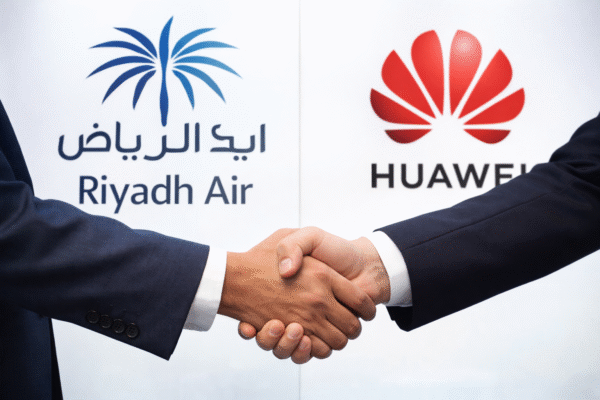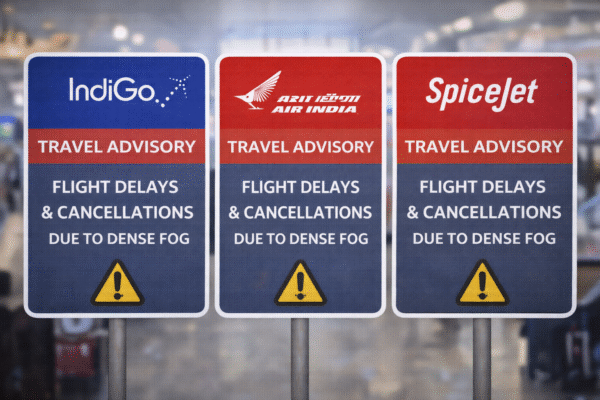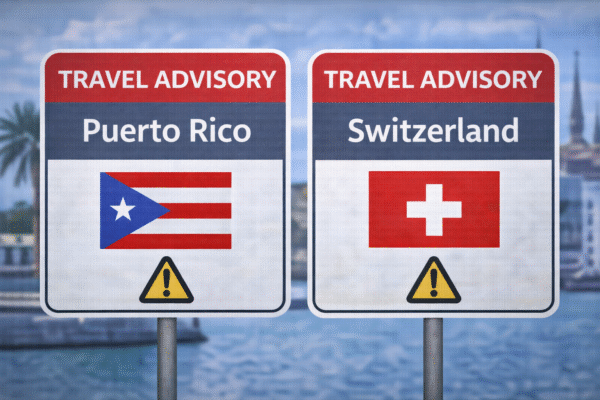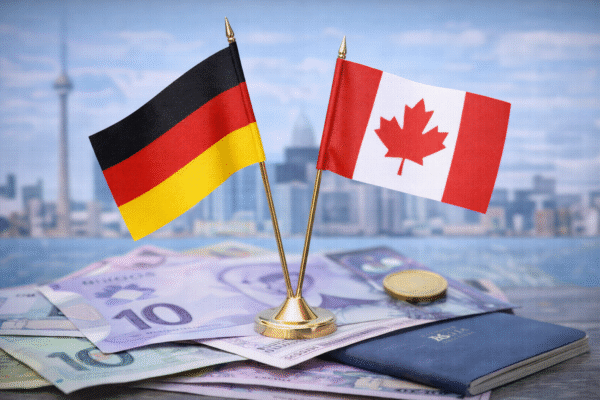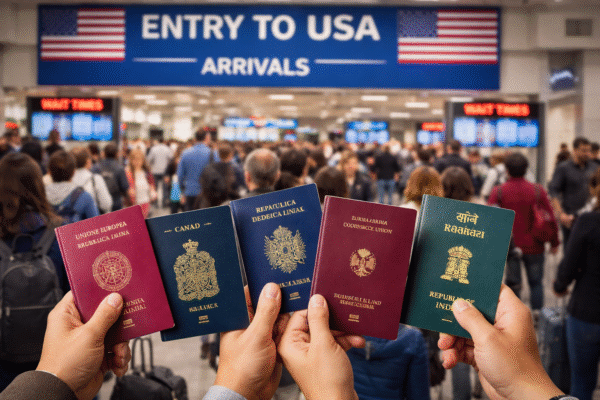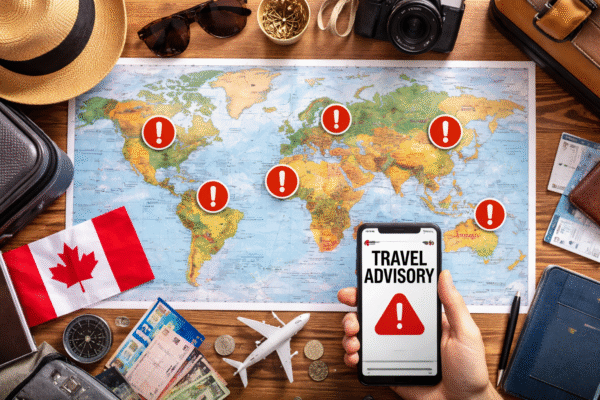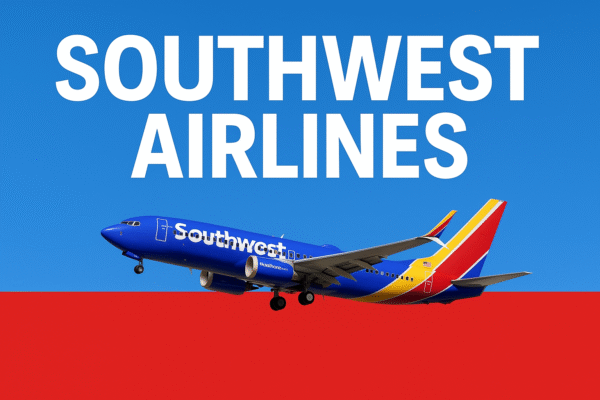DALLAS, TEXAS — In a significant shift from its traditional no-frills approach, Southwest Airlines is preparing to enter the premium travel market, unveiling plans to introduce premium seating, assigned seats, airport lounges, and even long-haul international flights by 2026. Known for its simple pricing and open seating model, the Dallas-based low-cost carrier is evolving to meet rising demand for comfort, flexibility, and international connectivity—all while maintaining its signature commitment to value.
💺 Premium Seating with Assigned Options Coming in 2026
Southwest’s open seating model has long been a defining trait, but change is on the horizon. Starting in 2026, the airline will roll out assigned seating, including extra-legroom premium class seats at the front and middle of the aircraft.
These premium seats will primarily cater to Business Select customers, A-List Preferred loyalty members, or travelers opting to pay an additional fee. The move aligns Southwest with competitors like Delta Air Lines, United, and American Airlines, which have heavily invested in upscale services over the past decade.
This update also reflects the broader trend in U.S. aviation: offering business travelers and high-spending leisure passengers more convenience and space without alienating price-sensitive flyers.
🛋️ Airport Lounges in Development
Another key enhancement under consideration is the introduction of Southwest-branded airport lounges—a first for the airline. CEO Bob Jordan has confirmed that the airline is responding to increasing customer interest in pre-flight comfort and exclusivity, echoing a service model already implemented by major U.S. carriers and international airlines.
Although exact locations and service levels are still being finalized, it is expected that the lounges will debut at major Southwest hubs, including Dallas Love Field, Denver International, and Chicago Midway, and may expand to international destinations depending on demand.
These lounges would likely include complimentary refreshments, workspaces, high-speed Wi-Fi, and other amenities designed to enhance the airport experience—especially for business and frequent travelers.
🌍 Expansion into Global Markets
Perhaps the most transformative part of Southwest’s strategy is its planned expansion into long-haul international flights, including routes to Europe, Asia, and beyond.
To achieve this, the airline will need to supplement or replace its current fleet of Boeing 737s, which are optimized for short- to medium-haul routes. Discussions are reportedly underway about acquiring or leasing long-range aircraft, such as Boeing 787 Dreamliners or Airbus A330s, capable of connecting U.S. cities with global destinations.
Southwest has already begun forming international partnerships to ease this transition. Notably, the airline has initiated codeshare agreements with Icelandair and China Airlines, giving it a springboard to expand its network into transatlantic and transpacific markets.
🧭 Competing in a Crowded Premium Market
Southwest’s pivot follows industry trends where legacy carriers like American, Delta, and United are continuously enhancing their premium products—expanding international routes, refurbishing airport lounges, and launching premium economy cabins.
To stay competitive without abandoning its core identity, Southwest aims to offer “affordable luxury”—premium services at lower costs. By blending comfort with value, the airline hopes to tap into a broader market, serving both budget-conscious families and business travelers looking for upgraded options.
Industry analysts suggest that this could lead to a “hybrid low-cost” model, where airlines maintain cost discipline while providing select premium services. It’s a growing niche, especially among travelers priced out of luxury offerings but unwilling to sacrifice convenience.
📈 Boosting Growth While Staying True to Its Roots
For decades, Southwest Airlines has been credited with democratizing air travel in America, with simplified fares, no hidden fees, and two free checked bags. Despite the coming changes, CEO Bob Jordan reaffirmed that Southwest’s foundational commitment to low pricing and customer service remains unchanged.
In fact, the airline sees this evolution as a way to make high-end travel more accessible, especially at a time when airfare inflation has made premium options unaffordable for many.
By keeping premium upgrades optional and not fully restructuring its pricing model, Southwest hopes to bridge the gap between economy and luxury, encouraging more bookings from diverse customer segments.
✈️ What’s Next?
Southwest’s transformation will roll out in phases over the next two years. Travelers can expect:
- Premium seats and assigned seating by 2026
- Lounges debuting at key U.S. airports, likely between late 2025 and 2026
- Announcement of long-haul destinations and possible aircraft acquisitions in 2025
- Enhanced loyalty perks for Business Select and A-List members
As the global travel industry rebounds from pandemic disruptions and faces new demand for personalized, premium experiences, Southwest’s bold moves could reshape its position in the aviation landscape—blending its legendary affordability with comfort and international reach.
For more travel news like this, keep reading Global Travel Wire



